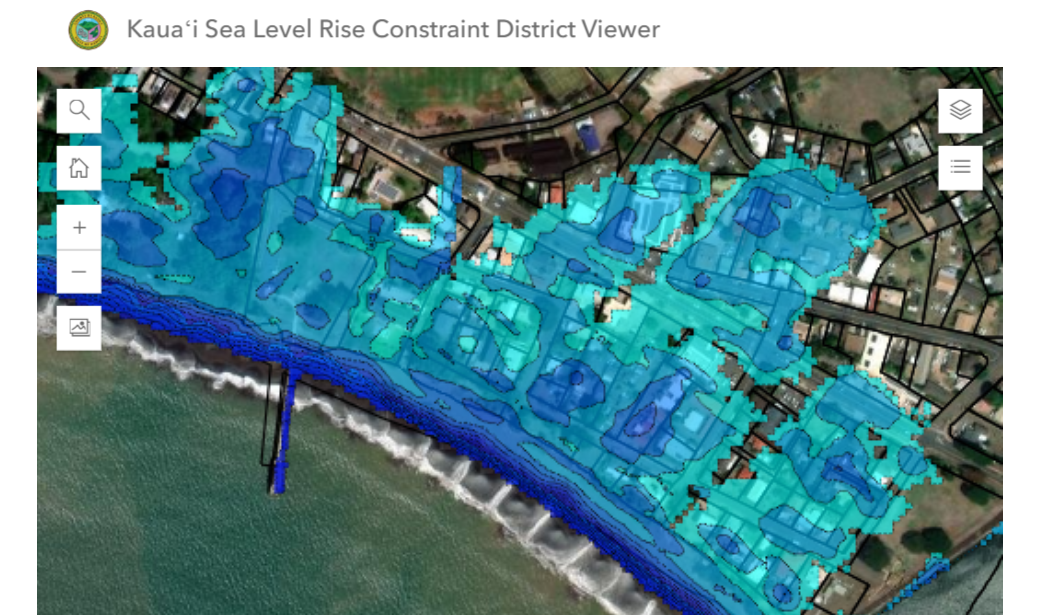- November 28, 2023
- Environment
Fátima Luna is Tucson’s first ever Chief Resilience Officer, working within the city manager’s office to carry out the city’s Climate Action and Adaptation Plan— Tucson Resilient Together. The plan, adopted by Mayor Regina Romero and Tucson’s City Council in March 2023, details steps for the city to create a strategic pathway to reduce emissions to net-zero by 2030. The Tucson Million Trees initiative is a key part of this plan, aiming to plant 1 million trees in the city of Tucson by the year 2030. While mitigating the impacts of climate change can largely be outside of a mayor’s control, mayors can play a critical role in bolstering a city’s resilience to extreme heat, and planting native trees is one important way that cities can improve their natural environments and cool temperatures.
With Tucson being one of the fastest warming cities in the United States, building the city’s heat resilience through increasing the tree canopy coverage was on the forefront of Romero’s mind, with a particular focus on ensuring equitable coverage among all of Tucson’s neighborhoods. By specifically targeting efforts towards neighborhoods with the highest need for trees, Tucson Million Trees aims to break down the legacy of environmental racism that has historically prevented the development of green spaces in low income and minority neighborhoods.
The initiative features an interactive GIS dashboard that utilizes American Forests' Tree Equity Score methodology to calculate a Tree Equity Score for each of Tucson’s 466 neighborhoods. The score combines a series of metrics pertaining to a neighborhood’s tree canopy cover, climate, demographic, and socioeconomic information to create a single measure from 0 to 100, with lower scores signaling a greater need for investment. The city considers indicators such as the percentage of people of color, percentage of people living in poverty, the unemployment rate, and the population of seniors and children in order to effectively target communities that will benefit the most from increased tree coverage. The dashboard is publicly available for people to track the city’s progress towards tree equity, and residents are able to use an online reporting tool to submit information about the trees they plant.
An interactive GIS dashboard that allows people to monitor the city’s progress towards Tree Equity at the neighborhood level.
Community engagement is a core part of Tucson Million Trees, and the program leverages private donations, partnerships with local businesses, federal grants, and other existing city programs to pursue tree planting projects and the development of nature parks. The city was recently awarded a $5 million grant from the U.S. Forest Service to advance Tucson Million Trees through an urban forestry initiative called Grow Tucson. Grow Tucson will fund neighborhood scale projects, co-designed with residents to meet the green space needs and vision of people living there. Grow Tucson includes funding for tree planting and maintenance, green infrastructure installations, workforce development, and local partnerships.
The city also works directly with the members of the community to determine potential uses for vacant city property. When talking about the role collaboration plays in building heat resiliency, Luna says, “The private sector, the community, and the local government all work together to make it happen. This work is going to take all of us, the city government cannot and should not do it alone.” Engaging diverse stakeholders is a key part of Tucson’s strategy for encouraging a widespread sense of ownership over the success of the Million Trees Initiative.
Looking forward, Tucson is working to combat tree shortages and minimize the need to purchase trees from nearby cities. In April, the city opened its first Tree Resource Education and Ecology Center (TREE), which has the capacity to grow 5,000 trees and other vegetation. Beyond planting trees, Tucson is also increasing their heat resilience through increasing the amount of arborists and pursuing youth employment training programs— training local youth on tree growing and other land stewardship practices to ensure that critical knowledge and skills can persist throughout future generations. On an administrative level, the city created a position for an Urban Forestries Manager who regularly meets with departments across the city to minimize information silos and better facilitate collaboration towards implementing the Climate Action and Adaptation Plan.
Through prioritizing community engagement and data-informed decisions, Tucson Million Trees serves as a model for other city leaders on how they can address environmental inequities in their cities while enhancing their resilience to extreme heat.





